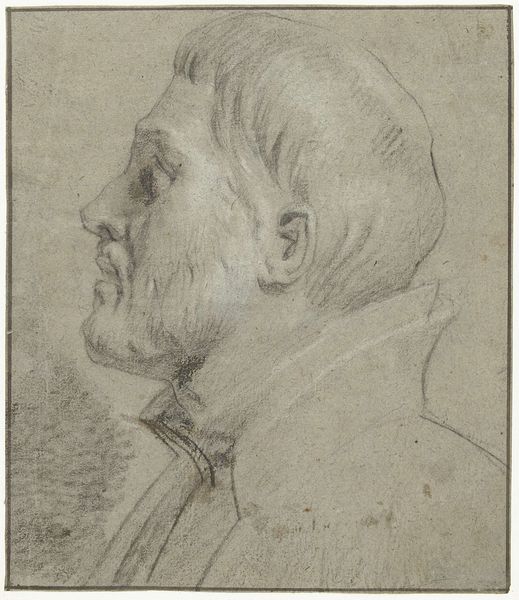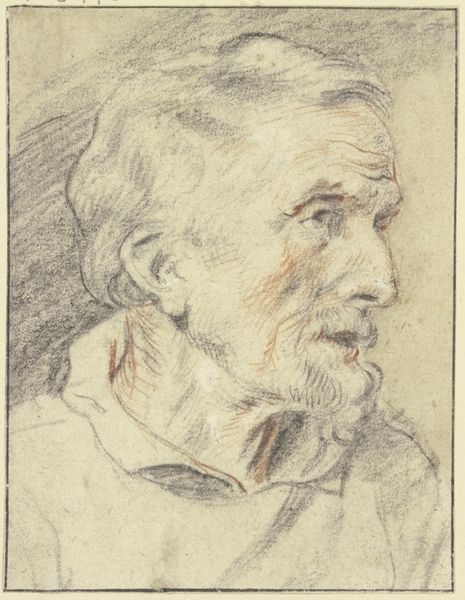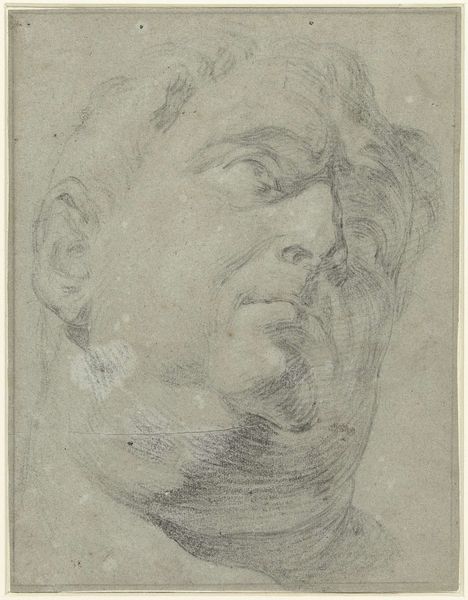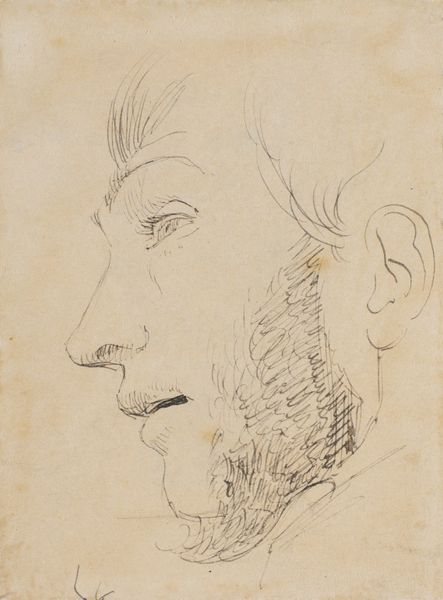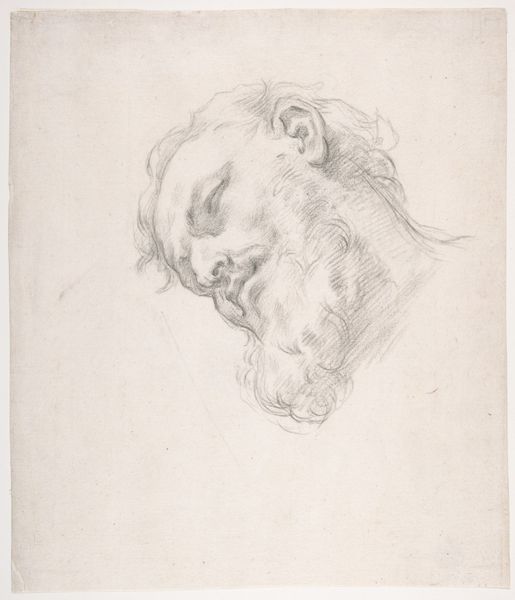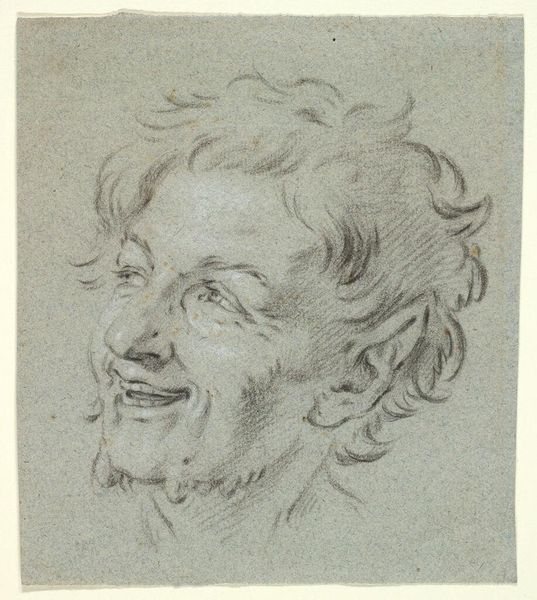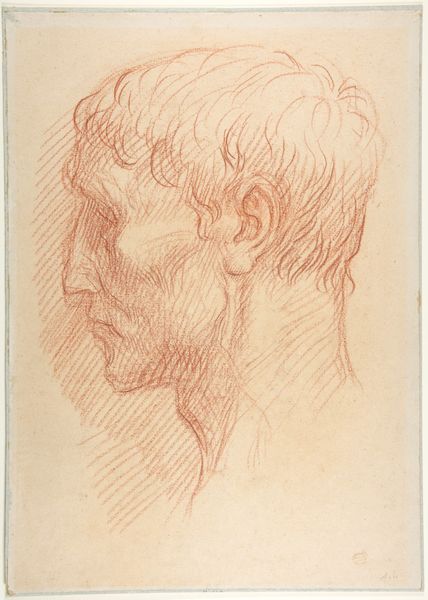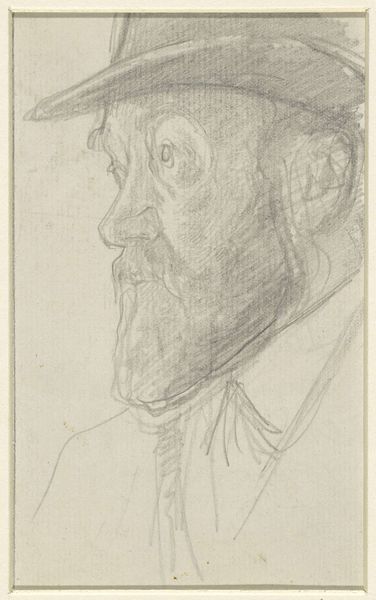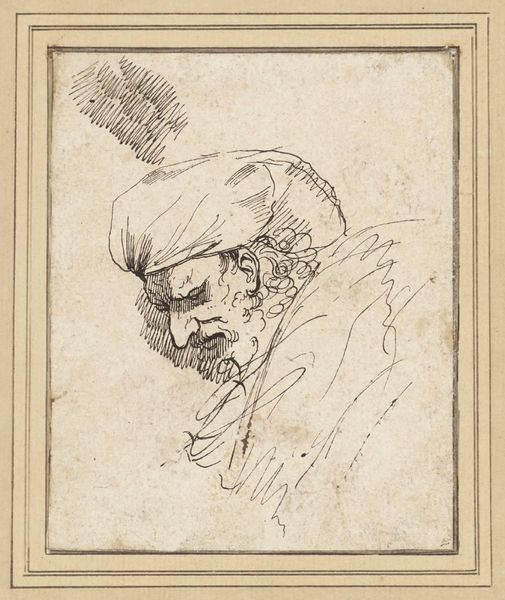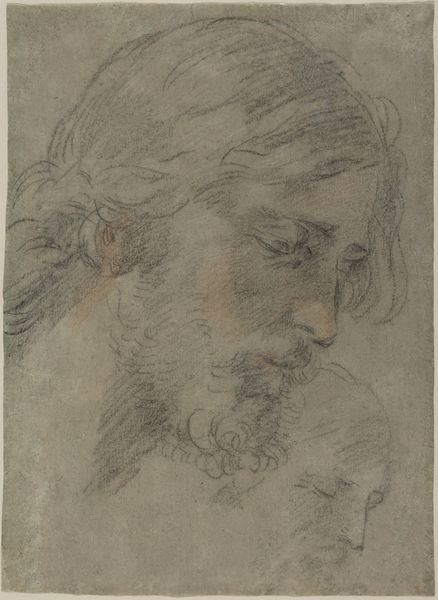
drawing, graphite
#
portrait
#
drawing
#
baroque
#
graphite
#
14_17th-century
#
portrait drawing
Copyright: Public Domain
Editor: Here we have Guido Reni’s "Head Study of a Man Looking Upwards," made with graphite around the 1620s. The drawing has this incredible softness, but there's also something really determined in his gaze. How do you interpret this work? Curator: The upward gaze is key. Throughout art history, that specific pose, the *moto d'animo*, indicates divine inspiration, ecstasy, perhaps even martyrdom. Consider the Baroque period, the Counter-Reformation: this visual language communicated profound religious experience to the viewer. Editor: So, you’re saying the upward gaze would have had specific connotations at the time? Curator: Absolutely. But consider also the universality of that expression. Haven’t we all looked upward, seeking answers or solace? Reni taps into a powerful cultural memory and emotional state, connecting the individual with something larger than themselves. What emotional cues do you notice, for example, in his brow? Editor: He does look troubled or concerned; like the answer might be difficult to confront. It really bridges that historical context with human emotion. Curator: Precisely. The furrowed brow hints at inner conflict, the tension between earthly concerns and heavenly aspirations. A visual representation of human spirituality grappling with reality. Editor: I’d never considered the weight of a simple upward glance. It really brings another dimension to understanding portraiture from this period. Curator: Indeed. Images carry stories. Exploring those stories allows us to more deeply understand art and humanity.
Comments
No comments
Be the first to comment and join the conversation on the ultimate creative platform.
